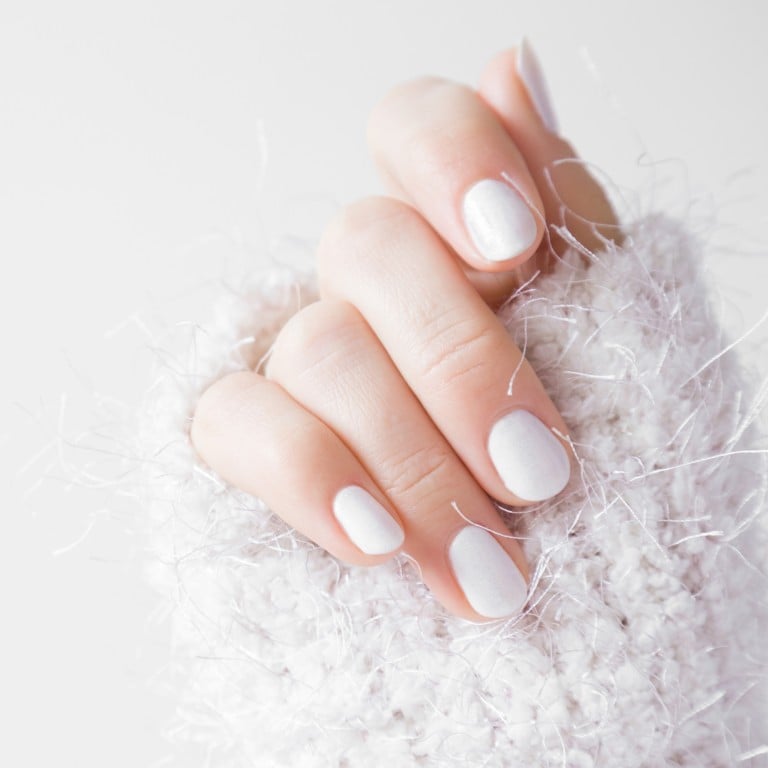Explainer / Nail care: how to look after the health of your nails, what their state says about your overall health – plus, a return to the natural look after so many years of vibrant, ornate nail art

- From nail strengtheners by Dior, Hermès, Paume and Dr’s Remedy, to Glosslab’s waterless mani-pedis that are better for nails and the environment, there are many ways to boost the health of your nails
- Various vitamin and mineral deficiencies can also have a detrimental effect, with supplementation with biotin, vitamin E, iron, zinc and omega-3 fatty acids all worth a try

According to Dr Tania Bardhan, senior spa director at Hong Kong’s Four Seasons Hotel, various signs can divulge the status of your nails’ well-being. “The health of nails can often be told from their colour, the condition of the cuticles, and the condition of the skin around the nails,” she says. “Healthy nails look white or pink in colour with no pronounced signs of infection in or around the nail bed. Healthy nails also do not break easily.”

While professional care and manicures are undeniably beneficial for nail health, at-home care is equally vital. Rachel Apfel Glass, founder of Glosslab, a membership-based mani-pedi salon, recognises how proper care can significantly impact nail health and aesthetics. Her salons across the US are at the forefront of modernising the manicure experience, emphasising hygiene, efficiency and waterless services that prioritise flawless polish and nail well-being.
“Many nail salon goers expect to see water bowls when they walk in to get their nails done and consider soaking their hands and feet to be a standard step in their mani-pedi,” Glass says.

However, most people aren’t aware that traditional water bowls are breeding grounds for bacteria or that soaking leads to weaker, softer, temporarily expanded nails. Moreover, the average mani-pedi unnecessarily uses at least 45 litres of water. “Waterless services lead to better cuticle health and longer-lasting polish, all while saving water,” Glass says, adding that it doesn’t just improve the experience, but is also both more hygienic and more sustainable.